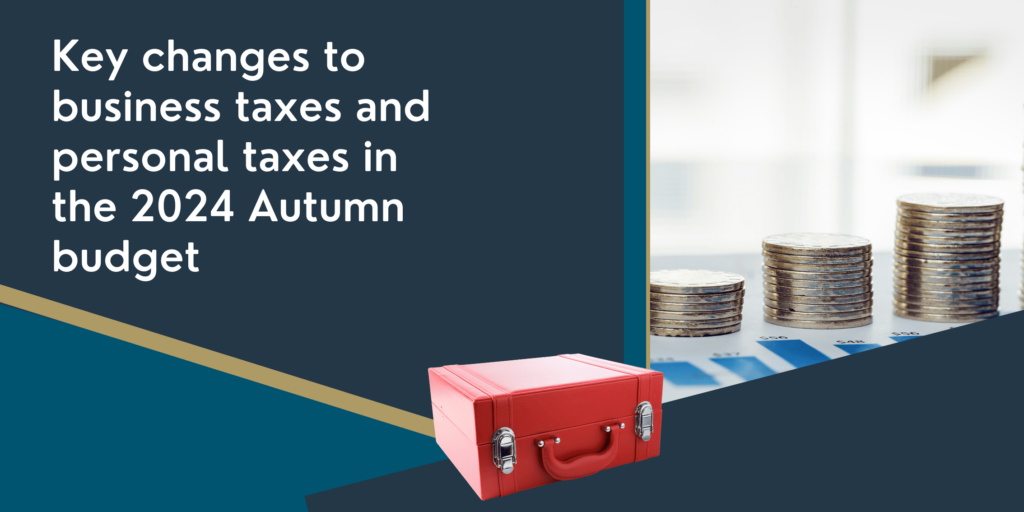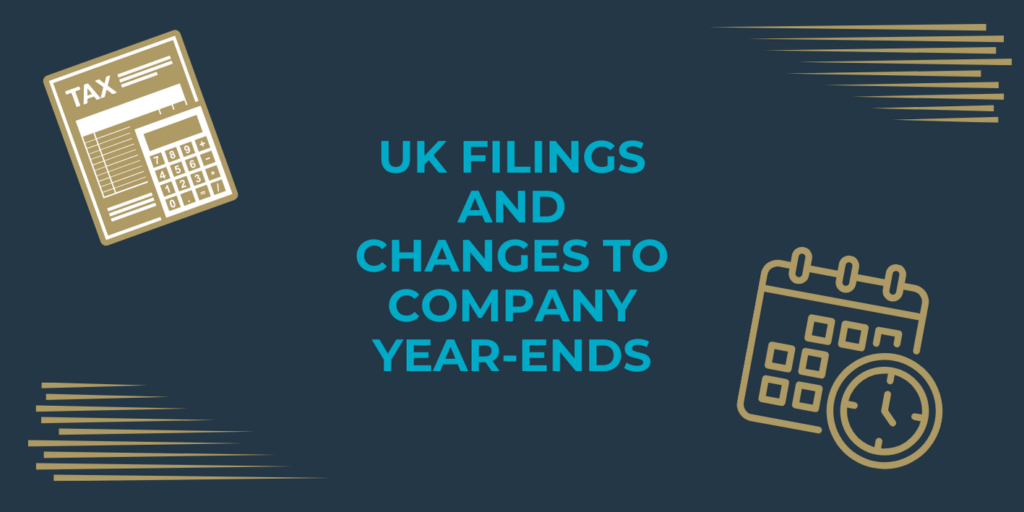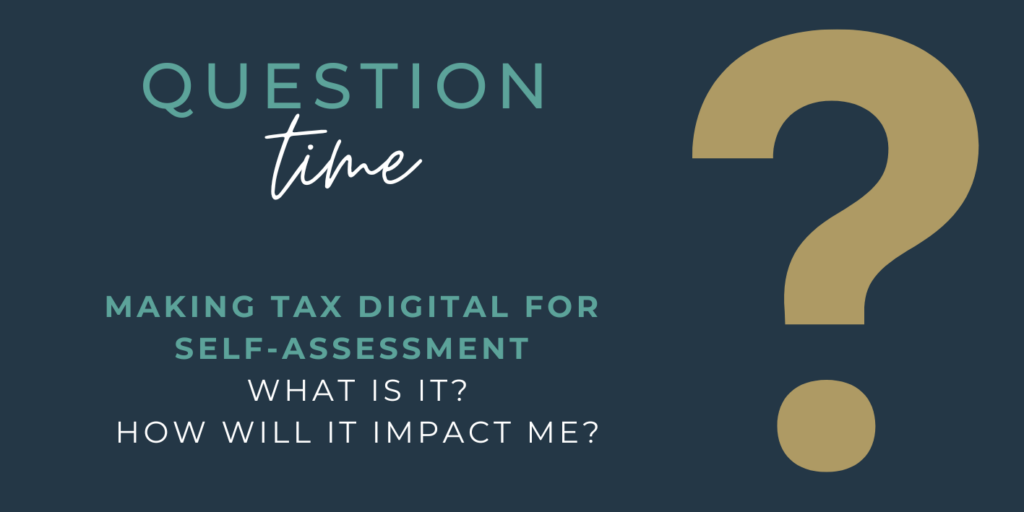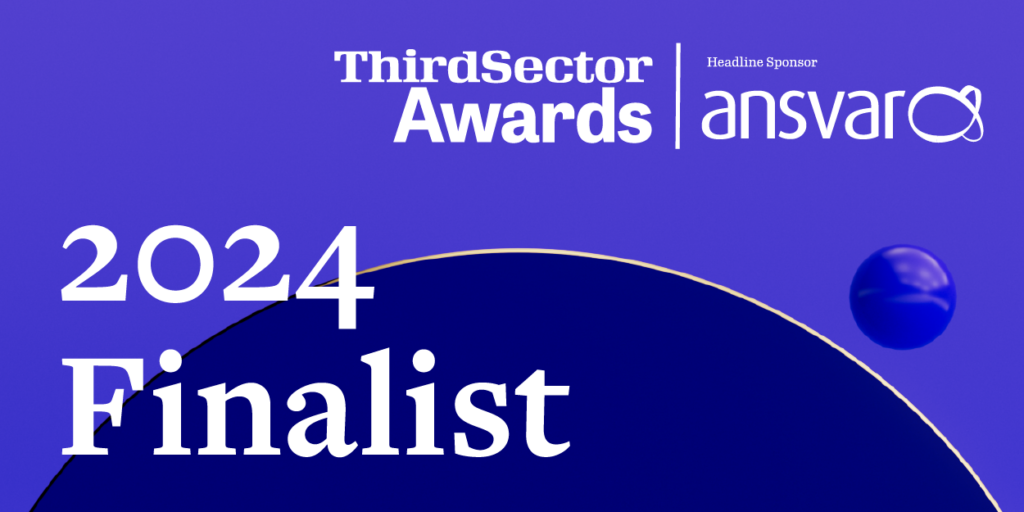Research and Development
R&D is a corporation tax relief which was introduced in 2000 for small and medium enterprises (SME’s) with a separate scheme being launched in 2002 for large companies. However despite the length of time it has been available it is a relief which is commonly overlooked.
According to a report from HMRC, in 2014-15 there were 22,445 claims for R&D with 18,630 of these claims from SME’s. A total of £2.45 billion of tax relief was provided from £21.8 billion of R&D expenditure. The majority of claims continue to be concentrated in London, the South East and the East of England, representing almost half of all claims and two thirds of the total amount claimed.
The current rate of relief for the SME scheme on allowable R&D costs is 230%. Simply put, for every £100 of qualifying costs taxable profits would reduce by £230.
If your company is loss making following the R&D, the loss arising on the enhanced R&D claim can either be carried forward to offset against future profits, carried back against the previous year’s profits, or refunded to the company as R&D tax credits.
The tax credit available is 14.5% of any enhanced R&D expenditure not utilised by the company’s profits, giving organisations a cash boost to continue with their R&D projects.
To qualify for R&D tax relief the project must meet the following criteria:
- It must relate to the company’s existing trade or a new trade which it intends to start following the R&D.
- The R&D project must seek to achieve advancement in overall knowledge or capability in a field of science or technology.
- The project must have a specific technological or scientific uncertainty involved; it cannot simply be an advance in the company’s own knowledge or capability.
If the project meets the requirements the following costs can qualify for R&D tax relief:
- Employee costs
- Materials
- Utilities
- Software
- Subcontractors
Once calculated the R&D claim is included on the company’s corporation tax return. The time limit for making your claim is 2 years following the end of the accounting period.
For more information on R&D or if you have any questions, please contact your nearest Perrys office.
Article written by Zoe Gibbons







